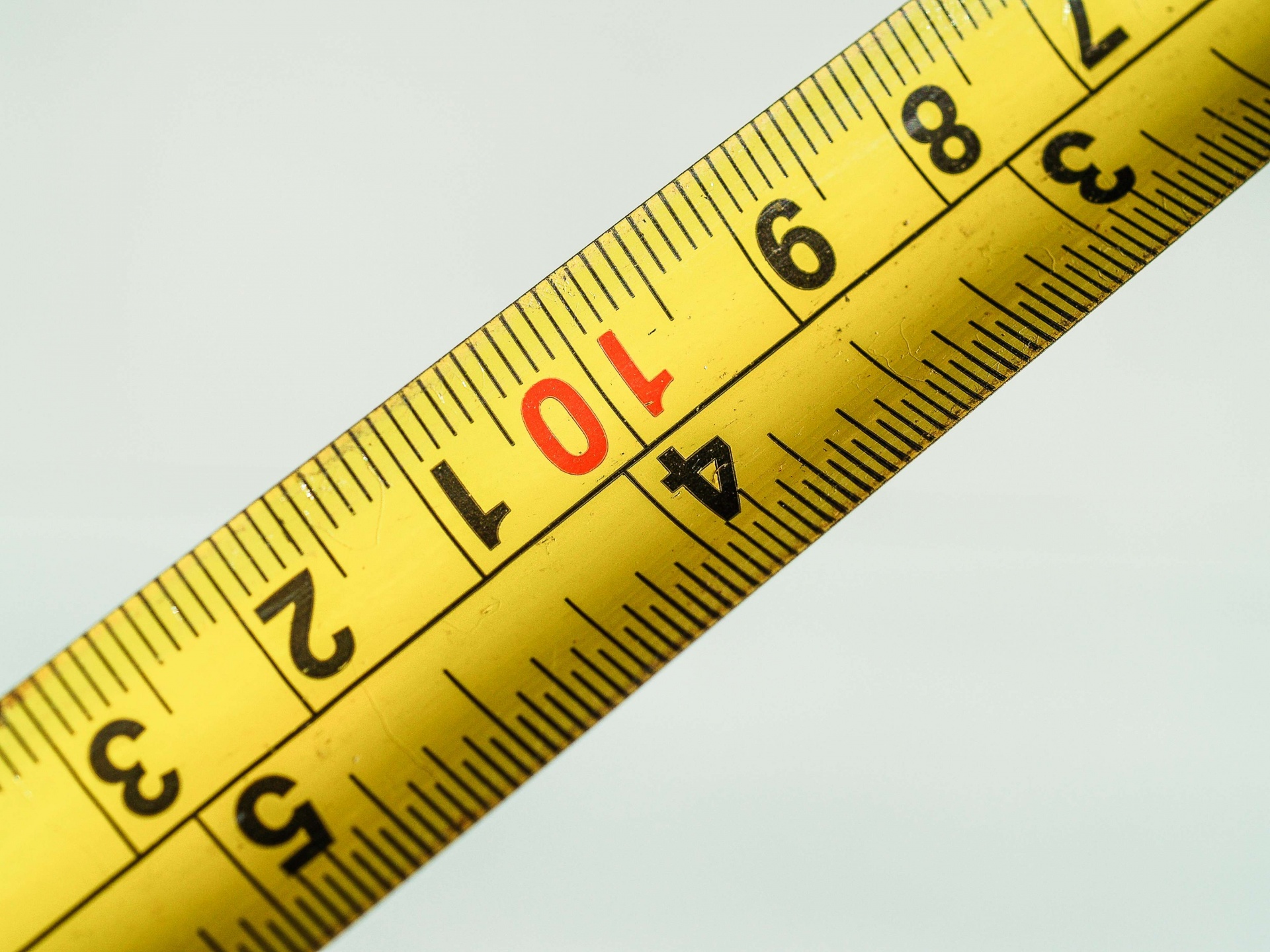How to Measure Length Correctly
Introduction
Measurement is a fundamental concept in physics, and precise measurement of length is crucial in various scientific fields. In this comprehensive guide, we will delve into the principles and techniques for measuring length correctly, from the basic concepts to the most advanced methods available in the realm of physics.
Basic Concepts
What is Length?
Length is the physical quantity that quantifies the extent of an object along one dimension. In the International System of Units (SI), the standard unit for length is the meter (m). Understanding length measurement begins with the concept of a reference length, and in most cases, we use a ruler or tape measure as a standard reference.
Precision and Accuracy
Precision and accuracy are two critical aspects of length measurement:
Precision: Precision refers to the consistency of repeated measurements. A precise measurement is one where the results are close to each other, indicating little variation between measurements.
Accuracy: Accuracy refers to how close a measurement is to the true or accepted value. An accurate measurement is one that is close to the actual length of the object being measured.
Basic Length Measurement Tools
1. Ruler
The ruler is one of the simplest and most commonly used tools for measuring length. It consists of a straight edge with markings in millimeters (mm) and centimeters (cm). To measure an object's length with a ruler, place the ruler alongside the object and read the value where the object's end aligns with the ruler.
2. Vernier Calipers
Vernier calipers are more precise than rulers and can measure length to a higher degree of accuracy. They have a main scale and a Vernier scale, which allows for measurements to the nearest 0.02 mm. The formula for reading Vernier calipers is:
Length = Main Scale Reading + (Vernier Scale Reading × Least Count)
Where the least count is the smallest division on the Vernier scale.
3. Micrometer Screw Gauge
Micrometer screw gauges are highly accurate instruments that can measure length to the nearest 0.01 mm. They consist of a spindle and a thimble, and the reading is taken by counting the number of divisions on the thimble scale. The formula for reading a micrometer screw gauge is:
Length = Main Scale Reading + (Thimble Scale Reading × Least Count)
Where the least count is the smallest division on the thimble scale.
Advanced Length Measurement Techniques
4. Interferometry
Interferometry is an advanced technique used to measure length with extraordinary precision. It is based on the interference of light waves. By comparing the interference pattern of light that has traveled different paths, the difference in length between the two paths can be determined.
The basic equation for interferometric length measurement is:
ΔL = λ / (2Δφ)
Where:
- ΔL is the change in length.
- λ is the wavelength of the light used.
- Δφ is the phase difference between the two light paths.
5. Atomic Force Microscopy (AFM)
Atomic Force Microscopy is an extremely high-resolution technique used to measure the length and dimensions of objects at the nanoscale. AFM uses a sharp tip that scans the surface of the object. The interaction forces between the tip and the object are used to create a topographic image, from which length measurements can be made.
6. Laser Interferometry
Laser interferometry is another advanced technique that utilizes laser light to measure length. It is highly accurate and has applications in fields such as metrology and gravitational wave detection. The basic principle is to split a laser beam and direct it along two different paths. The interference pattern of the returning beams can be used to measure length changes with extreme precision.
The formula for laser interferometry measurements is similar to interferometry:
ΔL = λ / (2Δφ)
Uncertainty in Length Measurement
Sources of Error
In any measurement, there is always some degree of uncertainty. Sources of error in length measurement include:
1. Instrumental Errors: Errors due to imperfections or misalignment of the measurement instrument.
2. Parallax Error: Errors that occur when the observer's eye is not at the same level as the measurement scale, leading to a shift in the reading.
3. Environmental Conditions: Variations in temperature, humidity, and air pressure can affect measurements.
Standard Deviation and Uncertainty
To quantify the uncertainty in length measurements, the standard deviation is often used. It provides a measure of the spread of values around the mean. The greater the standard deviation, the less precise the measurements.
Conclusion
Accurate length measurement is essential in physics and many other scientific disciplines. From basic tools like rulers to advanced techniques such as interferometry and laser interferometry, a wide range of methods is available to measure length with varying degrees of precision and accuracy. Understanding the principles of measurement, recognizing sources of error, and applying appropriate measurement tools are key to obtaining reliable length measurements in the world of physics and beyond. Always remember that precision and accuracy are paramount in the quest for understanding and advancing our understanding of the physical universe.



